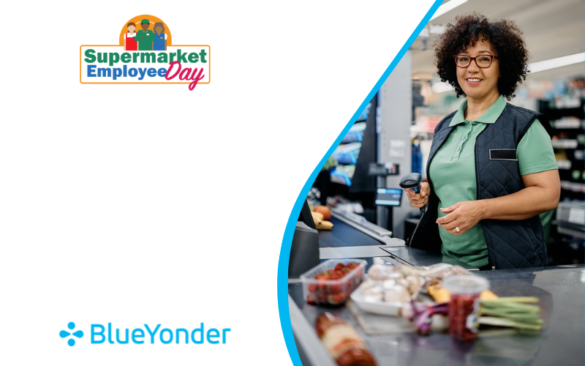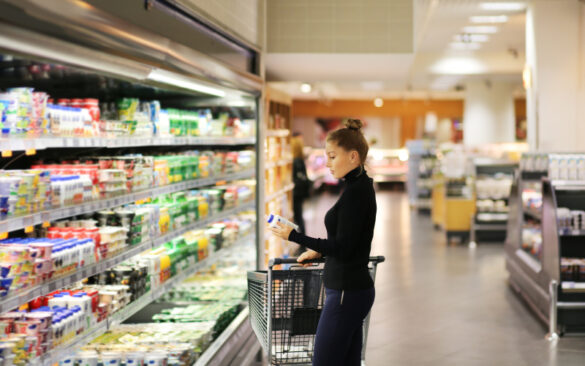February 22 is Forever Supermarket Employee Day
In the spirit of giving thanks The Food Industry Association (FMI) proclaims Feb. 22 Supermarket Employee Day. It’s a day to recognize and appreciate the vital contributions of supermarket employees who keep our communities fed and running smoothly. These dedicated individuals work tirelessly to stock…
Beyond the Aisles: A Roadmap for the “End-to-End” Era in Grocery Retail
As grocery retail value chains have innovated past new challenges, increased value chain integration asks a relevant and timely question: is it time for retail value chains to behave and operate as one single ecosystem? Given the sheer logistics and pressures involved in balancing consumer…
Key Insights From the Gartner® Market Guide for Distributed Order Management
As a Representative Vendor in the latest Gartner® Market Guide for Distributed Order Management Systems, Blue Yonder is excited to be recognized for our DOM capabilities based on a number of criteria. Retailers, manufacturers and logistics providers are facing pressure from both the supply and…
It’s a Leap Year…What Does That Mean for Retailers?
Leap Day, Feb. 29, throws off the normal calendar rhythm for all of us. For retailers, while an extra day of sales is never a bad thing, it does throw up a few unique challenges. Here’s what retailers need to plan for: Inventory and Logistics:…
How To Get E-Commerce Returns Back Into Stock Faster
When it comes to improving e-commerce returns, retailers will often think to change the length of time customers have until they’re no longer allowed to return an item, or begin offering free returns postage. While these are both great drivers of customer loyalty and potentially…
Why Returns Data Is Crucial to Customer Experience
Data can change your business, if it’s used in the right way. It should be used as a way to replace guesswork and give predictability and concrete actions, it should be expertise that’s digital, making it instant and scalable. I want to talk about how…
Why Returns Could Be a Blind Spot for Your Customer Lifetime Value
Retailers are rightly focused on customer lifetime value as a means of segmenting shoppers, driving additional growth, and ultimately adding profits to the business. However, there is a common issue for many retailers in the methodology they’re using to estimate the lifetime value of customers…
IDC MarketScape Names Blue Yonder a Leader in Order Orchestration and Fulfillment
Blue Yonder has been named as a Leader in the IDC MarketScape: Worldwide Order Orchestration and Fulfillment Applications for Retail 2023 Vendor Assessment (doc #US49615623, December 2023). The report is aimed at “provide[ing] an entry point in a company’s due diligence in looking for the…
Discover How a Leading Tech Retailer Dropped Its Inventory Strategy and Embraced AI
Inventory control represents a huge challenge for any retailer. In fact, inaccurate inventory is the single biggest cause of poor customer experience, according to a new survey by Blue Yonder. Canada’s largest tech retailer got ahead of these problems. By doing so, it transformed its…
How Retail Can Align Inventory Placement With Demand This 2023 Holiday Season
It’s no great revelation to claim that consumer behavior has fundamentally changed. Or perhaps that should be ”is fundamentally changing,” given that the goalposts and patterns of shopper habits don’t settle in any one spot for long, like they used to. There are patterns to…










